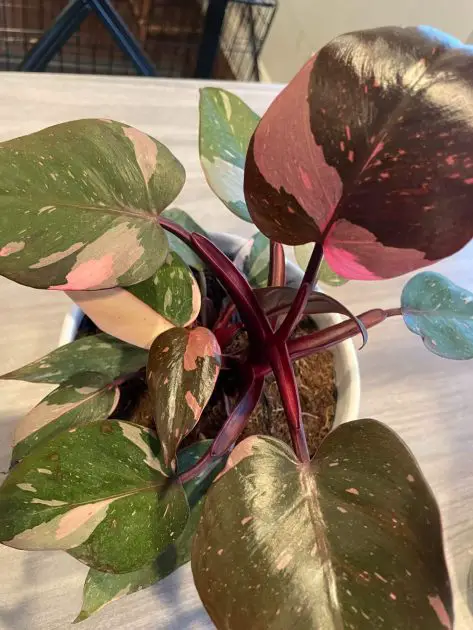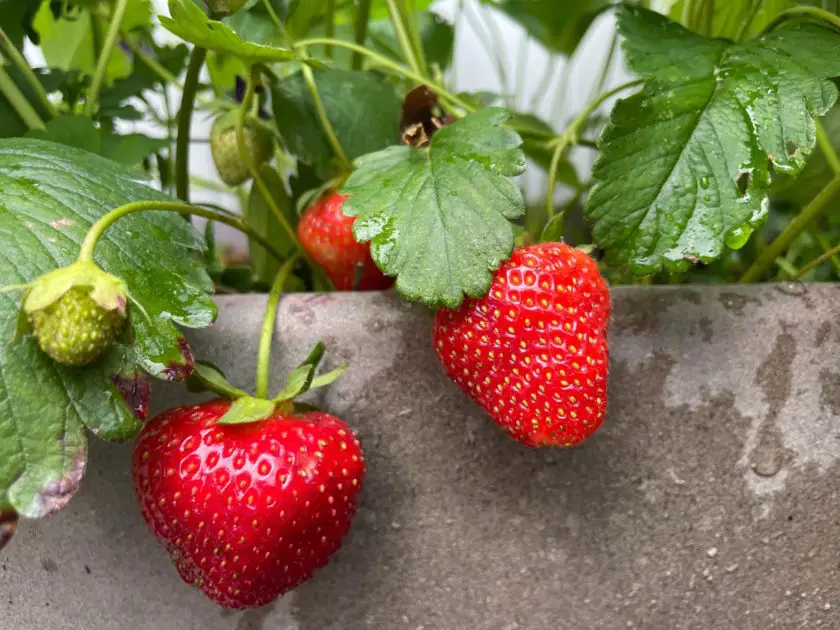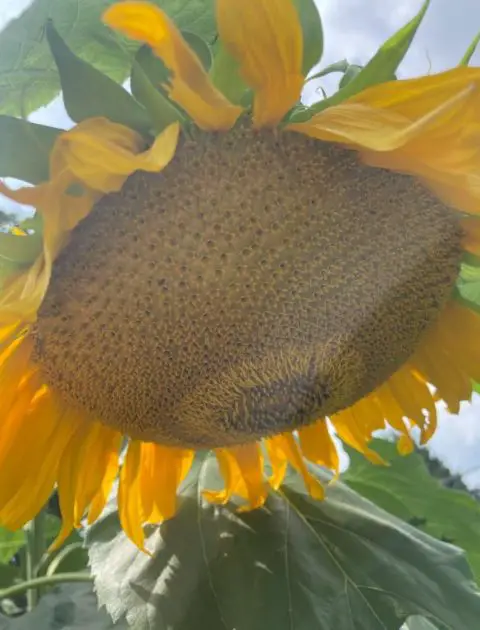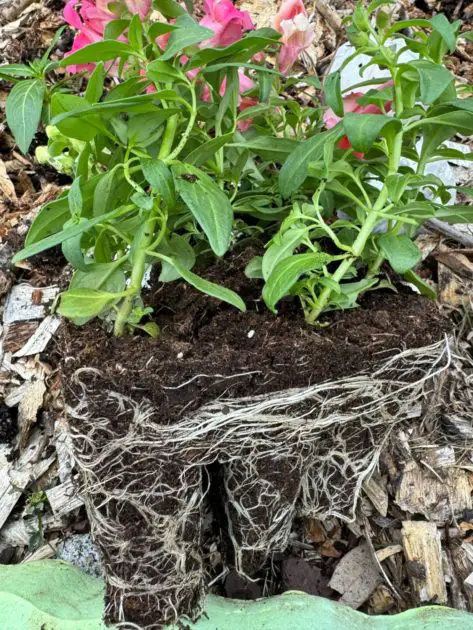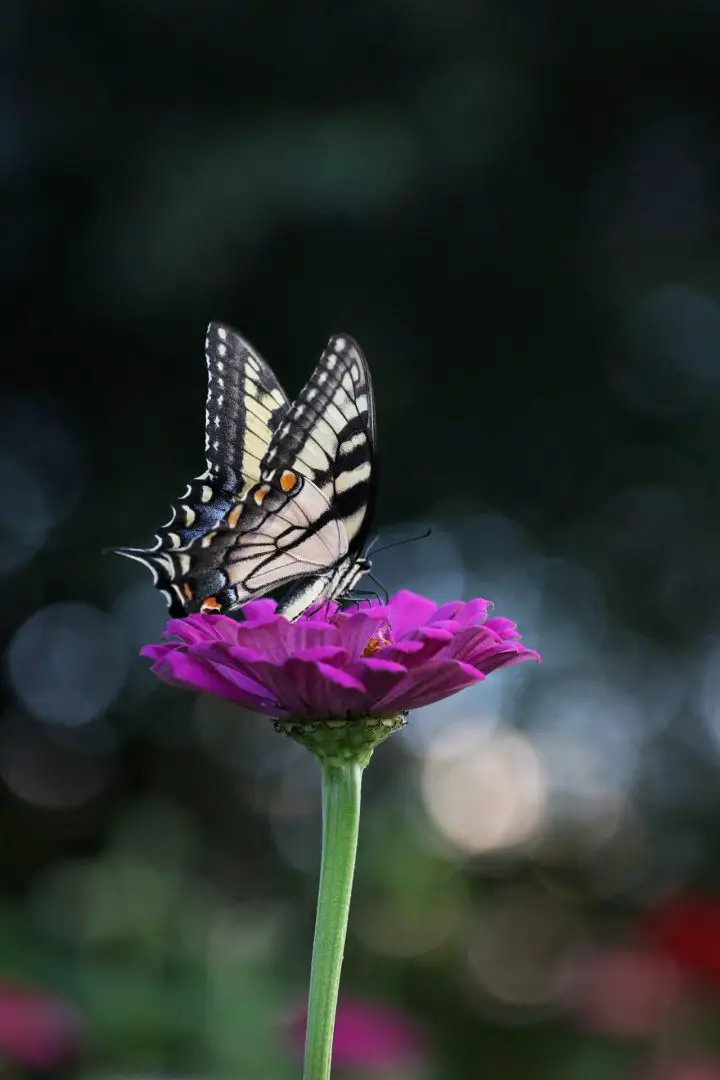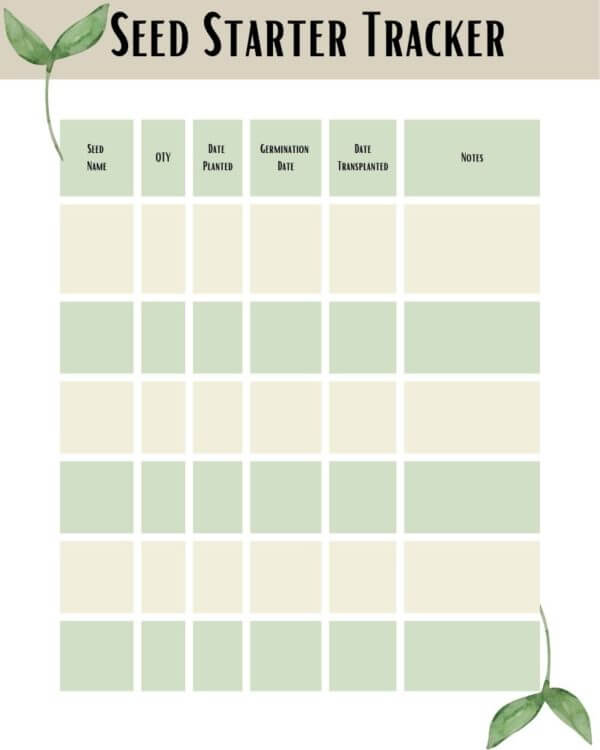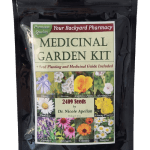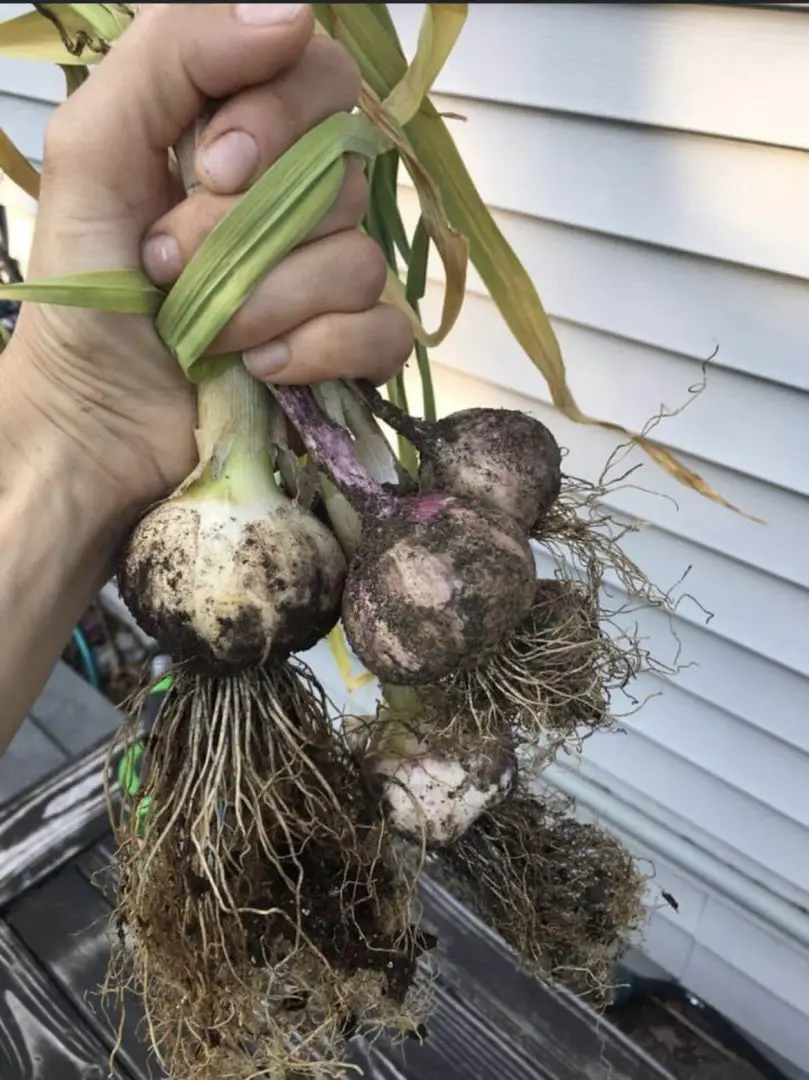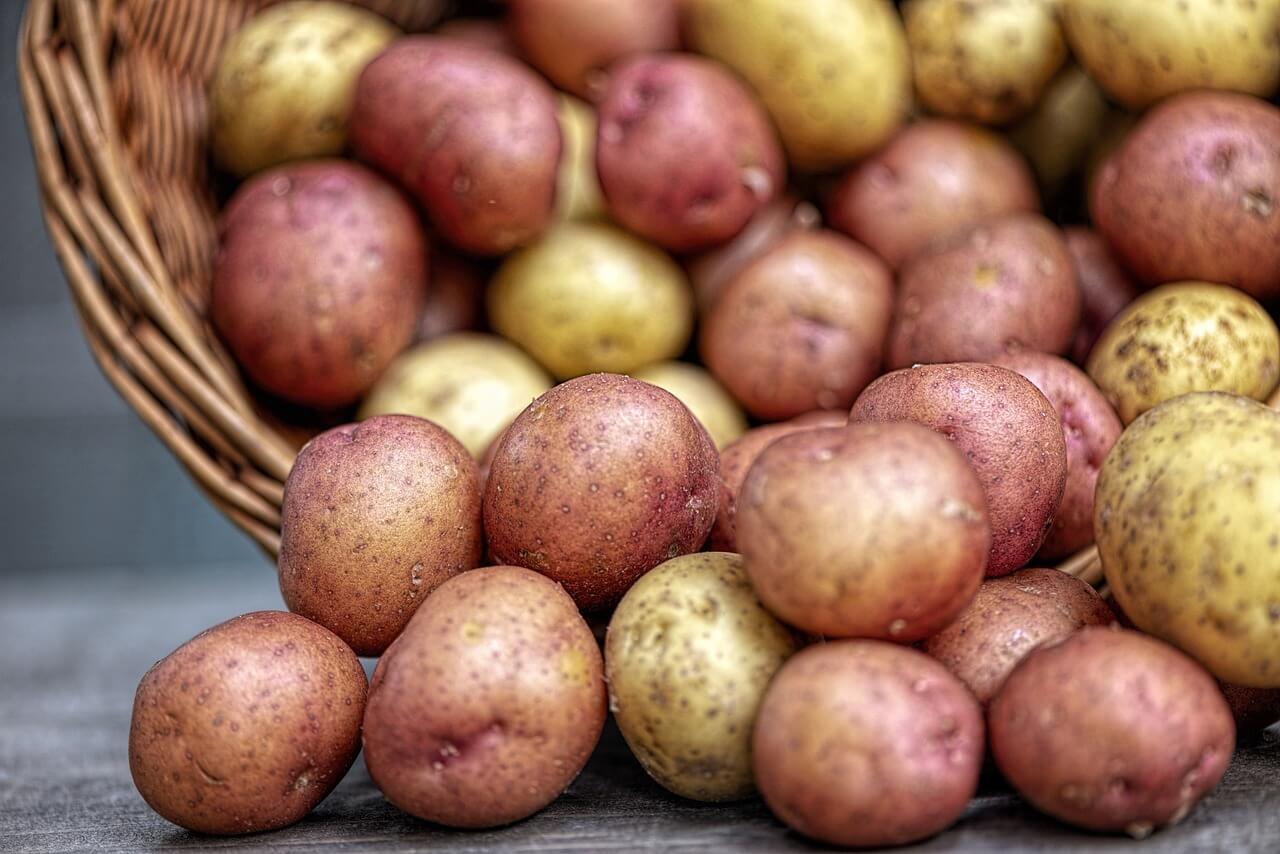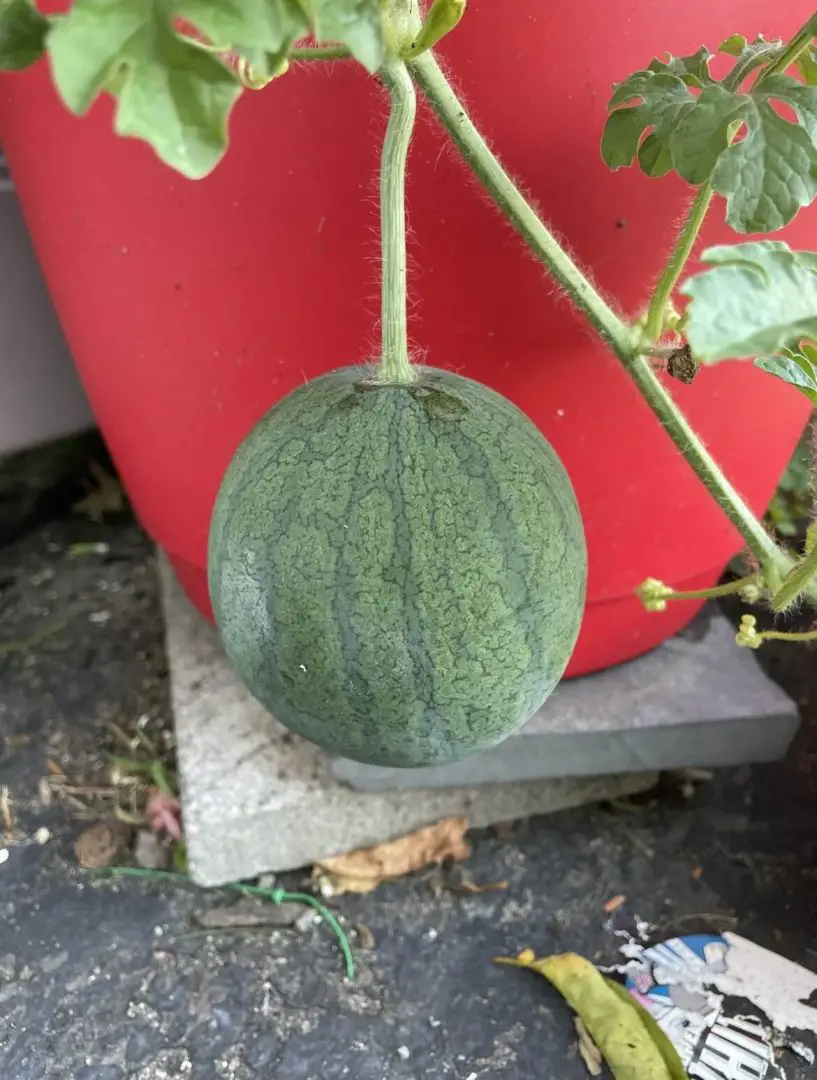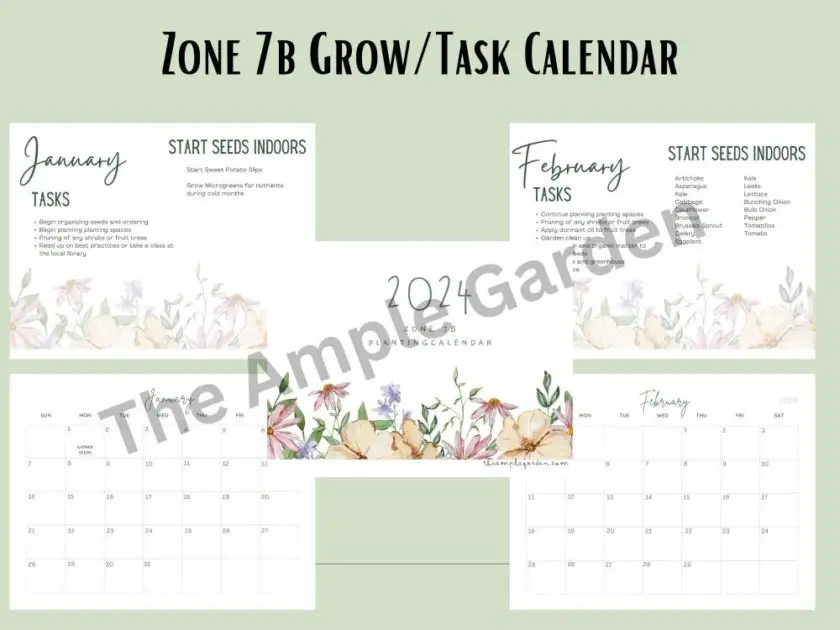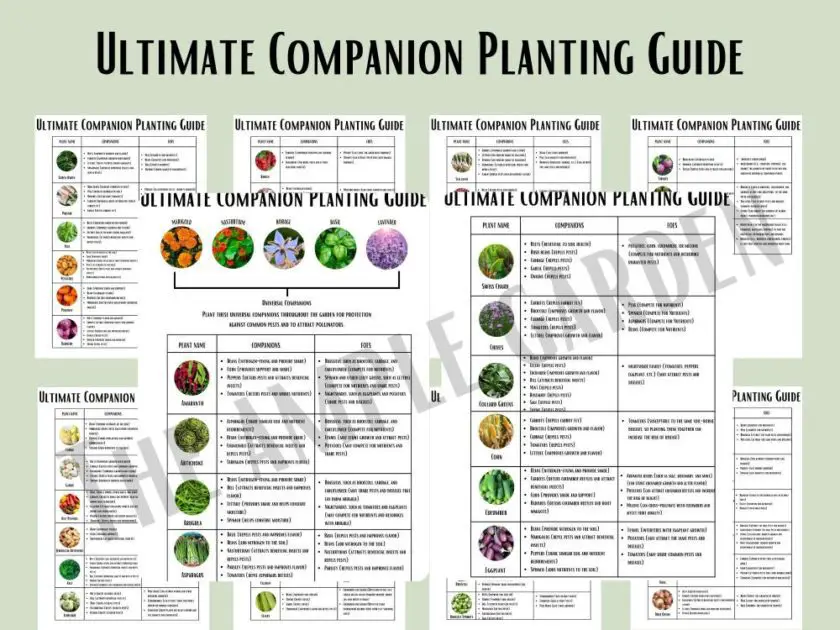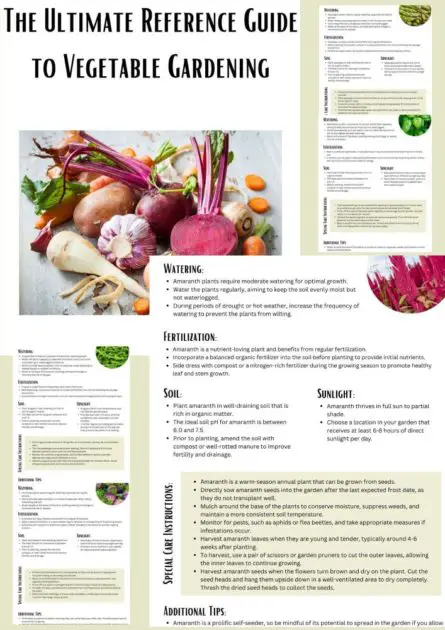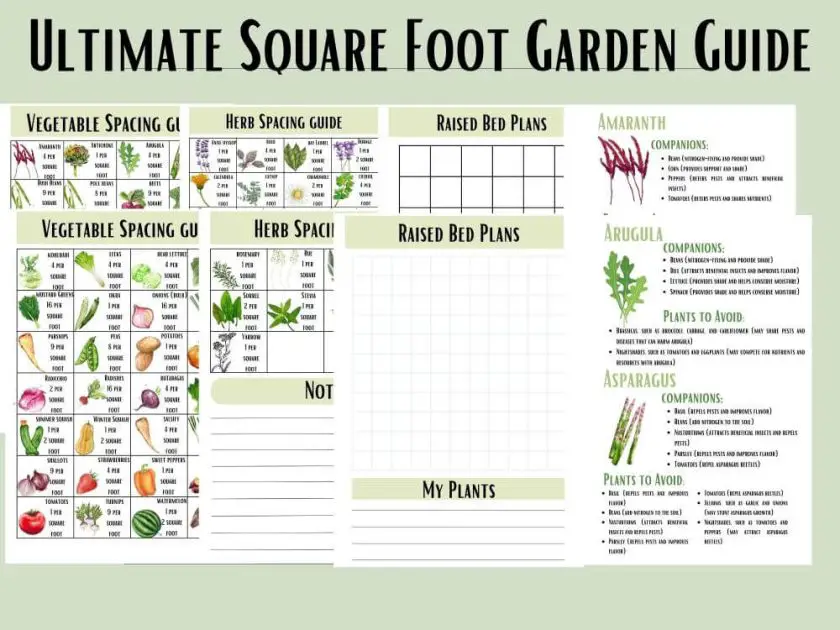Adding plants inside your home is a surefire way to bring a bit of nature into your home. For me, my mood is immediately improved by the greenery, especially in the cold winter months of New York.
Unfortunately, when we say a bit of nature we mean all of it…including the bugs.
Learning how to get rid of gnats is something that will have to come with that joy.
If you’re like me and also enjoy decorating with live greenery, you’ve no doubt experienced the frustration and difficulty of dealing with an infestation of houseplant-dwelling gnats.
No matter what measures are taken, those pesky little pests just keep coming back!
Luckily, there are effective strategies available that will allow you to eliminate these insects for good.
In this blog post, we will outline these strategies and offer helpful tips to get rid of gnats in houseplants permanently.
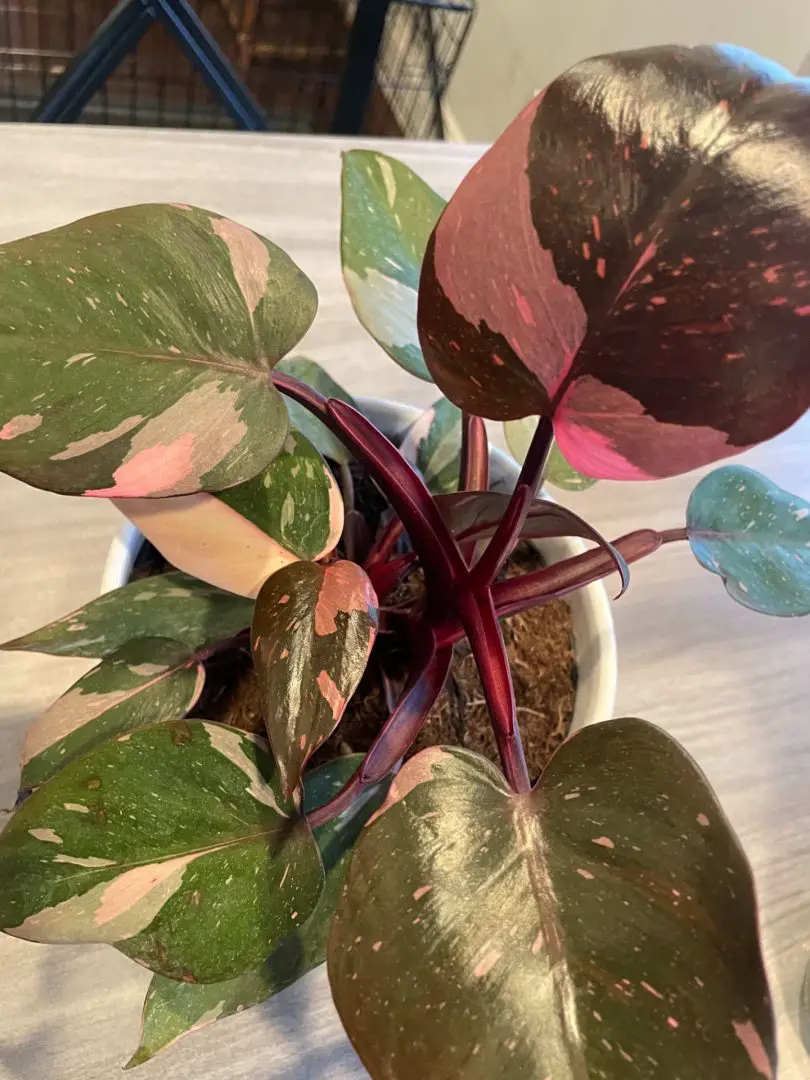 Pin
Pin Helpful Items When Trying to Get Rid of Gnats
Identifying the Type of Gnat in Your Houseplant
If you notice tiny, flying insects around your houseplants, there is a possibility of an infestation from gnats.
Signs include small black insects flying near them as well as their presence on the soil’s surface or around drainage holes.
To effectively get rid of gnats in your home, it is necessary to identify which species is affecting the plants in question.
Gnats commonly seen around houseplants include fungus gnats, fruit flies and drain flies. These may all pose potential threats that need to be managed appropriately.
Fungus gnats are drawn to moist soil, and their larvae feed on plant roots. Fruit flies feed on decaying fruits and vegetables, quickly invading your kitchen and living spaces.
Drain flies thrive in damp environments where slime build-up forms in sink or shower drains; while drain flies thrive by breeding in slimy accumulation.
Gnats can be distinguished from other common pests by taking note of their size, shape and behavior.
Gnats tend to be smaller than fruit flies with slim bodies and long antennae that fly in an unmistakable pattern that hovers before darting off in another direction.
By quickly and effectively eliminating gnat infestation in your houseplant, you can effectively eliminate gnats.
 Pin
Pin Common Causes of Gnats in Houseplants
If your houseplants have become infested with gnats, it is crucial that you understand their source. There can be several causes – overwatering, decaying organic material and poor drainage being common factors – but understanding the exact source will help lead to solutions.
Overwatering is one of the leading causes of gnat infestations. When you water plants too frequently or too heavily at once, their soil becomes waterlogged, creating the ideal environment for gnats to thrive in.
Decaying organic matter such as leaves or fruit also attract gnats as food sources. So, by not regularly clearing away this debris from your plants you could unwittingly be encouraging their population to expand.
To quickly eliminate gnat infestation in your home, it’s key to address their root causes. This means addressing overwatering issues, making sure plants have enough drainage, as well as clearing away fallen leaves that might attract gnats from plants.
By doing this, you will help avoid future outbreaks while keeping houseplants alive and well!
The Risks of Gnats in Houseplants
Gnats in houseplants can also cause considerable frustration for you and your household.
Gnats are known for their swarming behavior and once established can be hard to eliminate from plants. Leading to frustration, anxiety and stress in trying to figure out how best to rid yourself of gnats in houseplants.
By learning how to get rid of gnats effectively, you can protect both your peace and your plants from these bothersome pests.
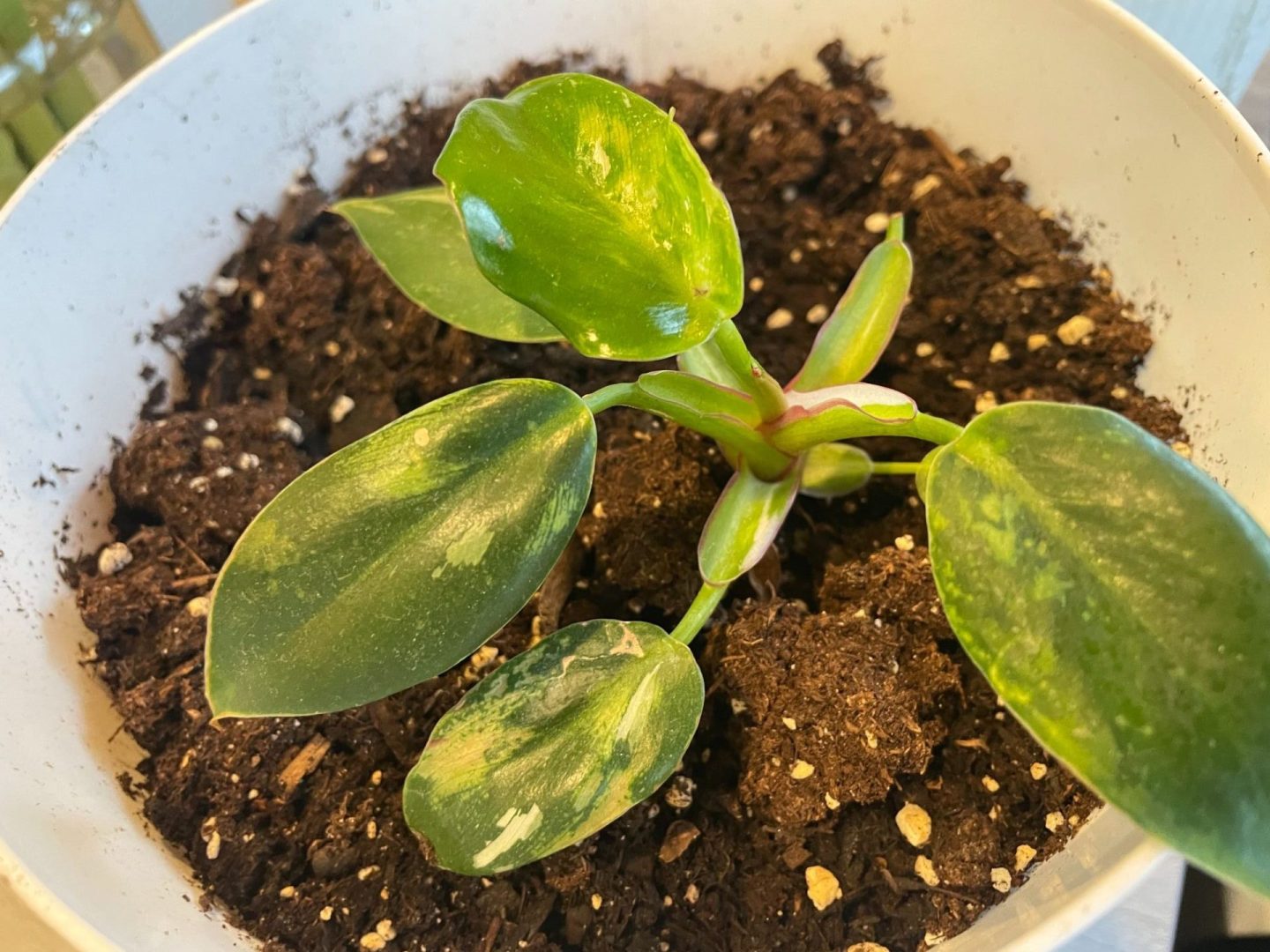 Pin
Pin Effective Prevention Measures
Prevention is always preferable when it comes to eliminating houseplant gnats.
Here are a few effective measures you can take:
Select High-Quality Soil: Start off right by selecting high-quality potting soil when planting houseplants, as poor quality soil can attract pests like gnats and other parasites which could result in infestation.
Water your plants correctly: Excessive watering can create the ideal breeding ground for gnats. To avoid this scenario, only water your plants when the top inch of soil dries out completely. A moisture meter is a useful tool to help determine when it’s best to water.
Make use of drainage holes: When selecting pots for plants, make sure they feature drainage holes to avoid water accumulation that would keep soil damp and attract gnats.
Manage humidity levels: High humidity can attract gnats. To control humidity levels and deter their return, ensure your house is well ventilated with regular ventilation or invest in a dehumidifier if necessary.
Maintain clean surroundings: To avoid breeding grounds for gnats around plants, regularly pick up fallen leaves or debris around them to maintain clean surroundings for your plants.
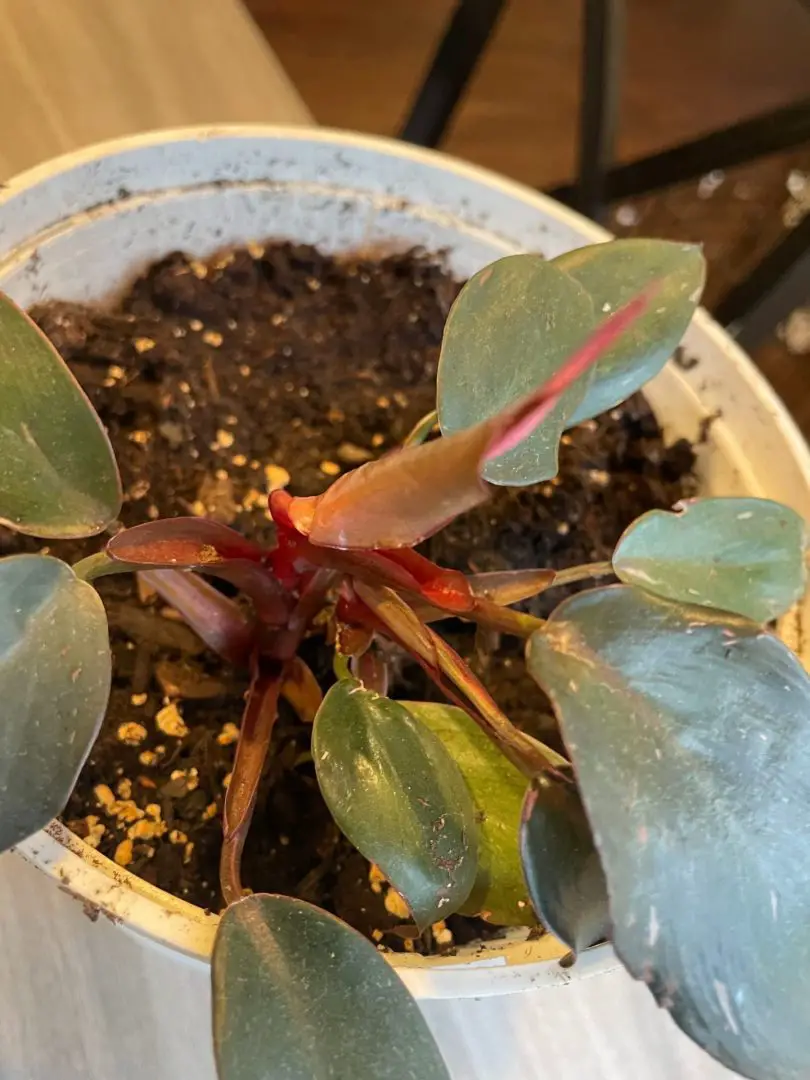 Pin
Pin Natural and DIY Remedies for Gnat Infestations
Thankfully, there are natural and DIY remedies available that may help get rid of gnats in houseplants without using harmful chemicals – these remedies not only work but are safe and cost-effective as well.
- Sticky Traps: One effective strategy involves placing yellow sticky traps such as these in your houseplant soil to attract gnats that become attracted to their vibrant hue and stick to it. These can easily be purchased at gardening stores or online. Simply insert one into the soil of your plant, ensuring it protrudes above its surface – change every three-four days until the infestation has subsided completely.
- Cinnamon Powder: This natural remedy works by suffocating gnats. Cinnamon has anti-fungal properties which may help stop mold growth in houseplant soil. Simply sprinkle cinnamon powder on the soil each week until all gnats have vanished from your plant’s soil.
- Neem Oil: Neem oil is an all-natural insecticide that’s proven successful at combatting gnat infestation. Plus, its anti-fungal and antibacterial properties make it even more efficient at driving out this pesky critters. To use this method effectively, dilute Neem oil with water in a spray bottle before spraying onto houseplant soil every week until your infestation has dissipated. Conversely, you can purchase a ready to use Neem oil spray such as this one for your convenience.
- Hydrogen Peroxide: A diluted spray of hydrogen peroxide is another effective and organic method to combat infestations. Simply mix 4 parts of hydrogen peroxide to 1 part water in a spray bottle. Spray the solution and coat the soil of each plant.
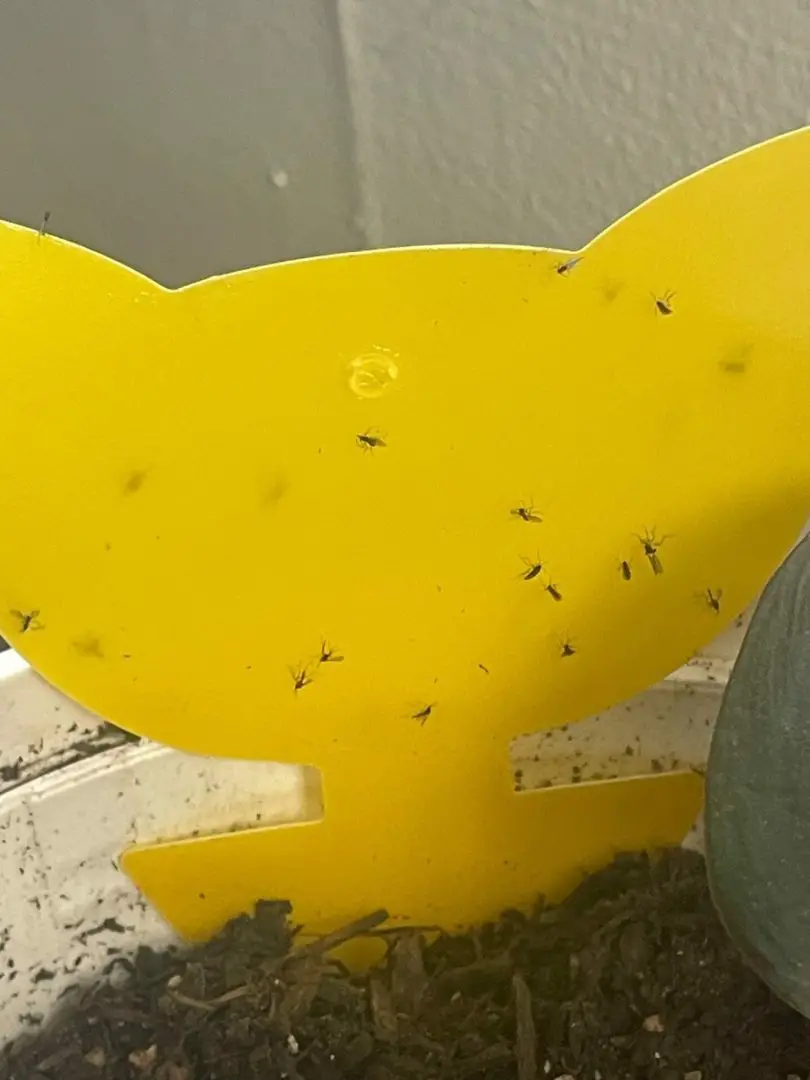 Pin
Pin Chemical Solutions for Persistent Gnat Infestations
Chemical solutions may be required if natural and DIY remedies fail to address gnat infestation.
There are various solutions available on the market, such as insecticides and fungicides specifically made to combat houseplant pests.
Insecticides such as pyrethrin can be effective at killing gnats on contact and stopping their growth and development, but their use must be used sparingly as this may harm beneficial insects and microorganisms in the soil.
Therefore, follow all manufacturer instructions when using such chemicals to protect all living things in the area.
Fungicides can help control fungal infections in the soil that attract gnats. As with any chemical application, use caution with these solutions in order to avoid damaging your plants.
Chemical treatments should only ever be considered as a last resort. They can be harmful to humans, pets and the environment and lead to pesticide resistance among insects. Before making your decision on chemicals alone, consider using an organic control method first.
Prevention is always better than cure; therefore, ensure proper hygiene, watering, and drainage practices as well as regularly monitoring for signs of infestation in your plants.
With patience and persistence you can rid them of gnats in houseplants while keeping them thriving and healthy.
Maintaining Gnat-Free Houseplants: Tips and Tricks
Congratulations on eliminating gnats from your houseplants! Your work is not yet finished as you must ensure a gnat-free environment for them to flourish in. Here are some helpful tips and tricks to ensure they remain so:
- Water Your Plants Carefully: Overwatering can attract gnats to houseplants. Ensure the top inch of soil dries completely before watering your plants; if uncertain when or if to water, stick your finger into the soil to see if it feels moist – if it does then wait another 24 hours or longer before watering your plants again.
- Sticky Traps: Sticky traps can help catch any gnats that have managed to avoid your previous efforts. They are available from gardening stores or can even be handmade using sticky substances like honey applied directly onto yellow cardstock and placed near plants for maximum effectiveness.
- Keep Your Houseplants Clean: Clean houseplants regularly can help prevent gnats from returning. Wipe down their leaves with a damp cloth to remove any dust or dirt build-up; this will also allow your plants to breathe better and allow your air supply to remain uninterrupted.
- Alter the Soil: If your plants continue to attract gnats, try changing up the soil with fresh potting soil so it will be free from any larvae from gnats
Frequently Asked Questions About How to Get Rid Of Gnats
Final Thoughts
Now that you understand how to eliminate gnats in your houseplants, it is time to take steps!
Start by identifying and treating any causes of infestation. Next select prevention and treatment strategies best suited for you – be they natural remedies or chemical-based.
Keep in mind that maintaining gnat-free houseplants requires consistent effort and diligence, so make sure to continue monitoring your plants as well as taking measures to prevent future infestations.
Let us know in the comments below if you have any questions and as always, Happy Gardening!

